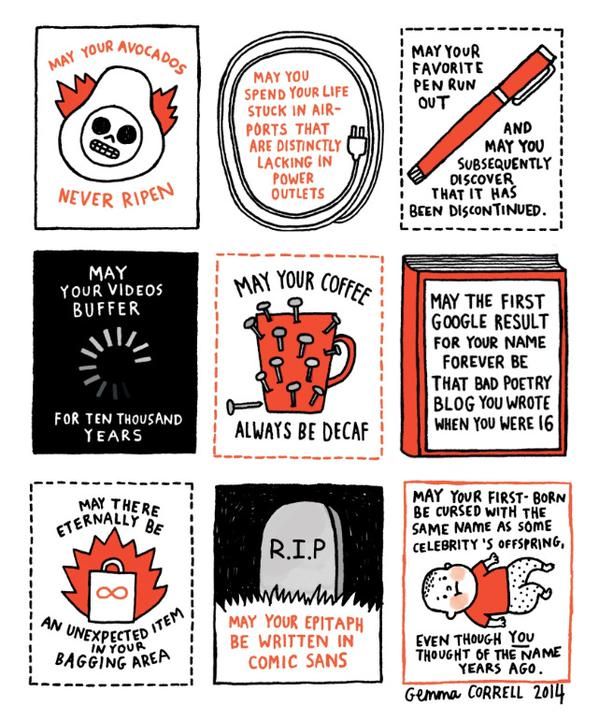URLs of wisdom is a weekly round-up of interesting links about topics at the intersection of people, science and technology. This instalment covers mid-February to early March as I’ve been busy with work-related travel.
Social network analysis
Behaviour
- Is there joy in missing out? – “We’ve focused mainly on how seeing the accomplishments of others can make us feel—the pressure to keep up with the proverbial Joneses, the sense that everyone is hitting the typically accepted life milestones—but we aren’t really talking about how other’s downfalls may make us feel.”
Academia online
Social media/networks/data sharing
- Principles for open scholarly infrastructures – “What should a shared infrastructure look like? Infrastructure at its best is invisible. We tend to only notice it when it fails. If successful, it is stable and sustainable. Above all, it is trusted and relied on by the broad community it serves. Trust must run strongly across each of the following areas: running the infrastructure (governance), funding it (sustainability), and preserving community ownership of it (insurance). In this spirit, we have drafted a set of design principles we think could support the creation of successful shared infrastructures.”
- Why is open data a public good? – “a public good is something that you can’t stop anyone using, and that doesn’t get used up. The examples of public goods that people tend to use are “clean air”, “lighthouses” or “public parks”. Open data also fits this economic definition.”
- Article sharing on scholarly collaboration networks – draft STM guidelines and a consultation “…there’s no doubt that SCNs are here to stay; so, in hopes of finding a collaborative solution to the challenges and opportunities they present, the International Association of Scientific, Technical, and Medical Publishers (STM) has recently issued a set of voluntary principles that aim to facilitate article sharing on SCNs.”
Outreach
- The Communicating Science seminars from the AAAS annual meeting were live-streamed and video archives are available online.
- Storifys from the Investing in Science Communication funding conversations at the AAAS meeting – part 1 and part 2.
- What do we know about our investment in science communication? – asks Brooke Smith in reflection on the panel she co-organised at the AAAS meeting. “Last year, the United States invested $465 billion (from public and private sources) in scientific research. Our panelists explored what percentage of this amount we invest in scientists communicating and engaging. But the truth is, no one knows. Turns out it’s a very hard thing to measure. Communications and engagement is not a line item in budgets that we can pull out and add up.”
Communities
- Seth Godin’s daily thoughts on his blog are one of my favourite reads. This on the difference between connecting to and connecting particularly nails the difference between treating users as customers or a community.(This is also good on ways not to make customers feel stupid).
- Jono Bacon on building engagement within an organisation –“So, if you want to have a culture of engagement, take the time to actually follow up and make sure people can actually do something. Accepting great ideas, agreeing to them, and not following up will merely spark frustration for those who take the initiative to think holistically about the organization.”
- 7 questions to ask before attempting to launch another online community – “It’s not a case of build it and they will come. It’s build the community, cultivate a ton of relationships and promote it heavily, then they might come. This takes a lot of hard work and time to get the community up and running. That’s in the early community days. If your community takes off, you then need to consider scaling and moderation concerns.”
Social media developments
- Twitter updates user safety features and explains why it faves Net Neutrality “Openness promotes free and fair competition and fosters ongoing investment and innovation. We need clear, enforceable, legally sustainable rules to ensure that the Internet remains open and continues to give everyone the power to create and share ideas and information instantly, without barriers. This is the heart of Twitter.”
- What blogging has become – reflections on changes to Medium “But you can only flirt with being a platform for so long before you just become one. The description of Medium that’s most stuck with me is from Josh Benton again, this time on Twitter: Medium is now “YouTube for prose,” he said. In other words, it’s a platform. And I think with these product changes, it’s embracing that. It feels like a social network now.
The YouTube model is revealing, too, because it sets up two kinds of Medium readers. Some people go to YouTube to watch a one-off viral video. (Read: an especially popular essay.) But many of them go to watch their favorite YouTube stars, video bloggers with whom they’ve developed long, intimate relationships over time. To run a YouTube, you need well-recognized authors, working over time, with audiences all their own. You need bloggers.”
- The unbearable lightness of tweeting – “Every good media organization knows that the road to traffic leads through Facebook rather than Twitter. Even so, I thought the sharing economy of the Internet shared a bit more than this.”
Resources
Just for fun
So what colour was that dress?

And what about the Amazon reviews of it…?







